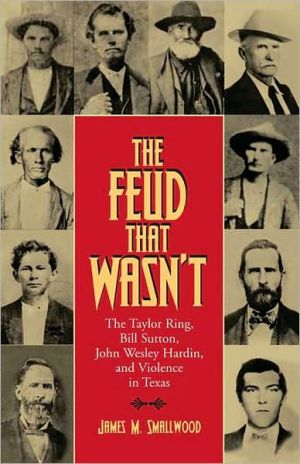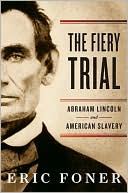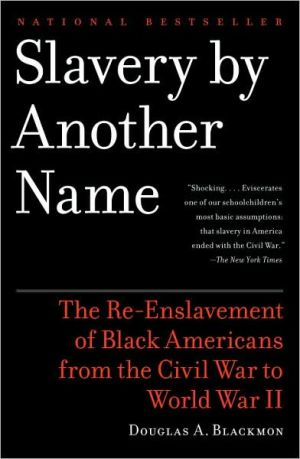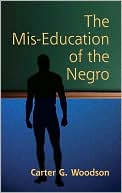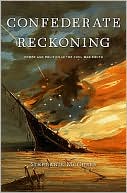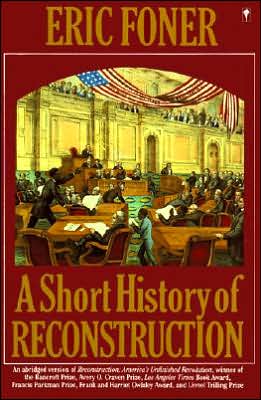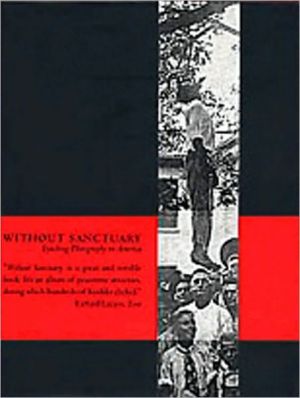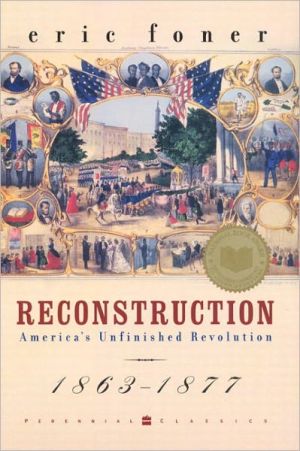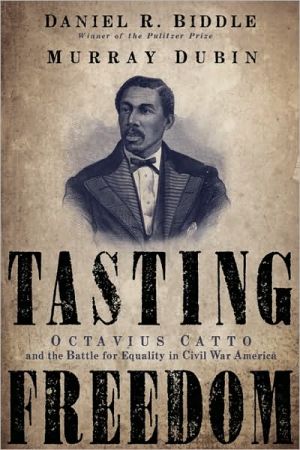The Feud That Wasn't: The Taylor Ring, Bill Sutton, John Wesley Hardin, and Violence in Texas
Marauding outlaws, or violent rebels still bent on fighting the Civil War? For decades, the so-called “Taylor-Sutton feud” has been seen as a bloody vendetta between two opposing gangs of Texas gunfighters. However, historian James M. Smallwood here shows that what seemed to be random lawlessness can be interpreted as a pattern of rebellion by a loose confederation of desperadoes who found common cause in their hatred of the Reconstruction government in Texas. Between the 1850s and 1880,...
Search in google:
Marauding outlaws, or violent rebels still bent on fighting the Civil War?For decades, the so-called "Taylor-Sutton feud" has been seen as a bloody vendetta between two opposing gangs of Texas gunfighters. However, historian James M. Smallwood here shows that what seemed to be random lawlessness can be interpreted as a pattern of rebellion by a loose confederation of desperadoes who found common cause in their hatred of the Reconstruction government in Texas.Between the 1850s and 1880, almost 200 men rode at one time or another with Creed Taylor and his family through a forty-five-county area of Texas, stealing and killing almost at will, despite heated and often violent opposition from pro-Union law enforcement officials, often led by William Sutton. From 1871 until his eventual arrest, notorious outlaw John Wesley Hardin served as enforcer for the Taylors. In 1874 in the streets of Comanche, Texas, on his twenty-first birthday, Hardin and two other members of the Taylor ring gunned down Brown County Deputy Charlie Webb. This cold-blooded killing—one among many—marked the beginning of the end for the Taylor ring, and Hardin eventually went to the penitentiary as a result.The Feud That Wasn't reinforces the interpretation that Reconstruction was actually just a continuation of the Civil War in another guise, a thesis Smallwood has advanced in other books and articles. He chronicles in vivid detail the cattle rustling, horse thieving, killing sprees, and attacks on law officials perpetrated by the loosely knit Taylor ring, drawing a composite picture of a group of anti-Reconstruction hoodlums who at various times banded together for criminal purposes. Westernhistorians and those interested in gunfighters and lawmen will heartily enjoy this colorful and meticulously researched narrative.The Journal of American History"Smallwood offers an impressive reinterpretation of a critical era in Reconstruction Texas and the South."
List of Illustrations and Maps viiSeries Editor's Foreword ixAcknowledgments xiIntroduction xvFounding the Taylors' South Texas Crime Ring 1Continuing Mayhem 18Open Warfare 36More Murder and Mayhem 51Rampant Lawlessness 65Lawmen Closing In 82Enter John Wesley Hardin 101A Matter of Attrition 116Lawmen Begin Taking Control 136Exterminating the Taylor Crime Ring 153The Collapse of the Taylor Ring 165Afterword 181Appendix 183Notes 185Note on Sources 215Index 217
\ Mexia Daily News". . . an excellent book. . . The book will interest anyone interested in Texas history."\ \ \ \ \ The Journal of American History"Smallwood offers an impressive reinterpretation of a critical era in Reconstruction Texas and the South."\ \ \ Journal of Southern History". . . James M. Smallwood adopts the form of popular history-accessible, even dramatic, prose-in the service of the academician's war on myth as history. . . Smallwood builds a firm documentary foundation. . . and balances traditional, local accounts with correspondence from military and civil officials. . . This book significantly raises the bar for popular histories of violence in post-Civil War Texas. . . Smallwood leaves little room for further facile loitering at the crossroads of Old South and Old West mythology. This is popular history with a purpose." - Kyle Wilkison\ — Kyle Wilkison\ \ \ \ \ \ Journal of Southern History". . . James M. Smallwood adopts the form of popular history-accessible, even dramatic, prose-in the service of the academician's war on myth as history. . . Smallwood builds a firm documentary foundation. . . and balances traditional, local accounts with correspondence from military and civil officials. . . This book significantly raises the bar for popular histories of violence in post-Civil War Texas. . . Smallwood leaves little room for further facile loitering at the crossroads of Old South and Old West mythology. This is popular history with a purpose." - Kyle Wilkison\ \
